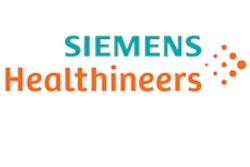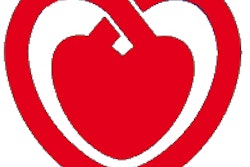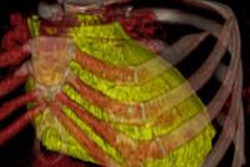Dear AuntMinnieEurope Member,
Everybody loves conference talks that look into the future, so today's plenary session about where radiology's heading was always going to be a winner among the thousands of delegates at the national German radiology congress (DRK 2016).
Dr. Maximilian Reiser from Munich launched the discussion, and we've conducted an exclusive interview with him about the contents of his lecture. Click here to learn more, and check back over the next few days for more news reports about DRK 2016.
In the future, software tools designed to assist with the interpretation of MRI studies look certain to play a growing role, and we've posted a feature article about the work of an emerging player in this field. Perspectum Diagnostics, a spin-off of Oxford University in the U.K., has developed an application for performing quantitative analysis of MRI scans in the hope of reducing unnecessary invasive liver biopsies. The company's LiverMultiScan software combines multiple MRI parameters into a single score to predict liver disease. Learn how it works by visiting our Advanced Visualization Community, or by clicking here.
Investigators from Semmelweis University in Hungary have examined healthy patients to look for a relationship between fat in different regions of the abdomen and the presence of coronary artery disease using low-dose CT of the abdomen, as well as coronary CT angiography. What did they find? Visit the Cardiac Imaging Community, or click here.
Also, make sure you check out the new guidelines for multimodality imaging and diagnosis of prosthetic heart valves. They were published this week by the European Association of Cardiovascular Imaging. For the full details, click here.
The Middle East respiratory syndrome (MERS) coronavirus was first identified in Saudi Arabia in 2012 but it had spread to 20 other countries by June 2015. In Saudi Arabia alone, 1,035 cases were confirmed within the same period, accounting for 458 deaths. Against this background, it's reassuring to learn that researchers are making progress in the effective use of imaging for early detection and management of disease progression. For the latest information, go to AuntMinnie Middle East, or click here.



















